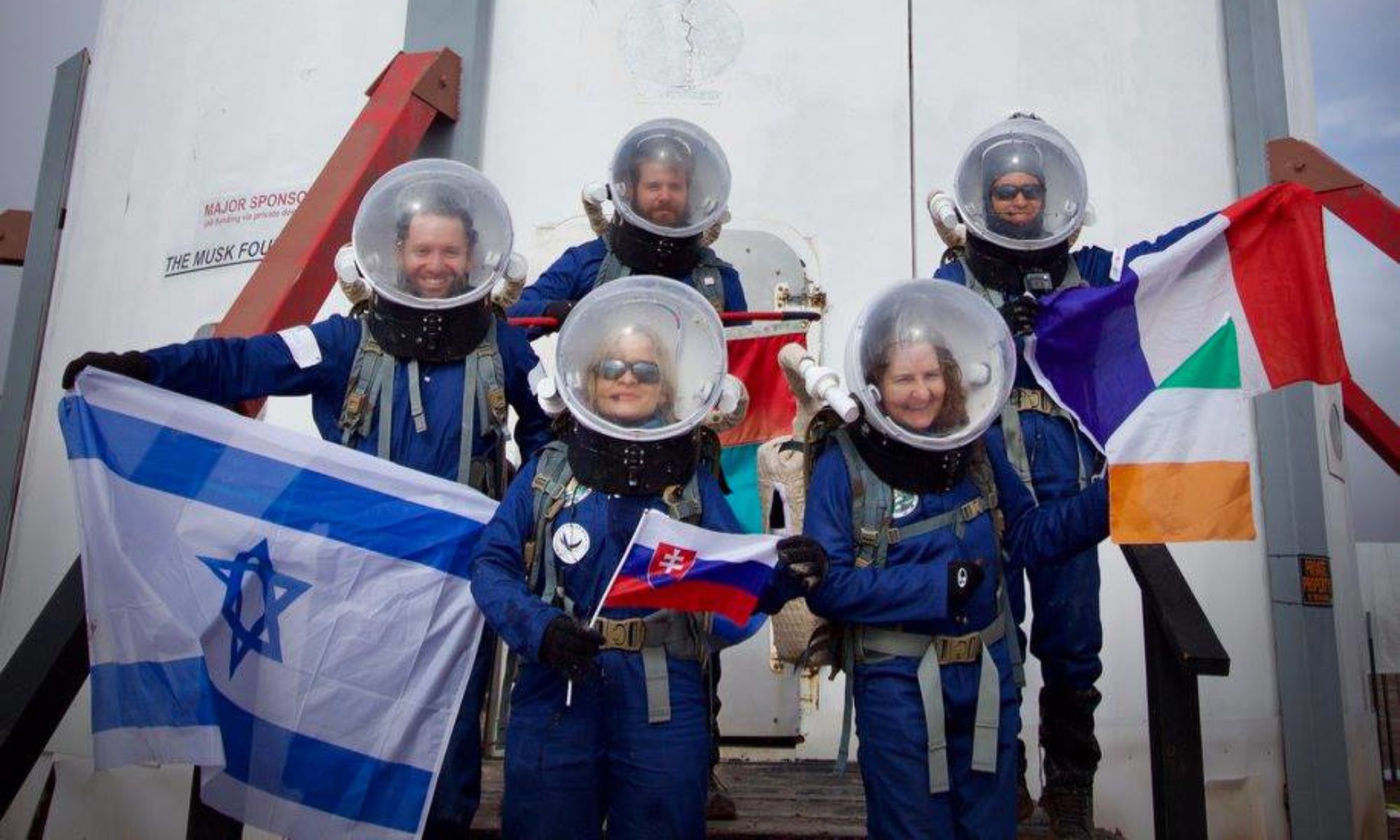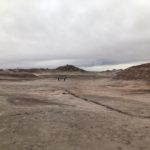Crew 208 Medical Makers Mission Plan
Commander: Julielynn Wong
Executive Officer: Dean Jin
Health & Safety Officer: David Kim
Engineer & Astronomer: Amanda Manget
Greenhab Officer & Journalist: Erika Rydberg
Medical Makers is a global community of innovators, patients, and healthcare providers who use low-cost technologies to make sustainable solutions to save lives, time, and money. Medical Makers host Medical Make-A-Thons worldwide to crowdsource low-cost, high-quality, life-changing 3D printable solutions for 3D4MD’s digital library. Our MDRS projects include:
• 3D printing drone maps of MDRS and the surrounding Mars-like terrain
• Evaluating a new drone controller during flight tests, including an outdoor inspection of a Martian habitat during a simulated emergency
• Evaluating a low-cost, high-fidelity, 3D printed thoracentesis trainer designed to allow Crew Medical Officers, their back-ups, and healthcare professionals to attain and maintain life-saving surgical skills to serve astronauts on long space missions and the 5 billion people who lack access to safe, timely, and affordable surgical care
• Demonstrating the technical feasibility of bike-powered 3D printing by Martian analogue astronauts — who are following the International Space Station exercise bike schedule — to empower the 1 billion people without access to electricity to use portable 3D printing technologies
• Testing a wearable sensor that monitors wear time for 3D printed prosthetic hands to reduce the risk of complications
• 3D printing essential items on demand locally to save lives, time and money for the 3.75 billion people who live in remote or rural areas, the 136 million people who require humanitarian aid, and astronauts on long space missions
• 3D printing low-cost, high-quality medical devices for healthcare providers who serve the 3.75 billion people who live in remote or rural areas and astronauts on long space missions
• Testing a reusable and simple 3D printable ostomy system for stoma patients who cannot afford disposable ostomy appliances, a growing global industry that costs healthcare systems $2.5 billion a year
• Using reusable, personalized, biodegradable 3D printed straws to conserve water at MDRS and reduce the amount of plastic waste in landfills and oceans
Crew 208 Medical Makers is grateful for the financial support of Dr. Robert Milkovich and Mrs. Marijana Milkovich, Ron Rivkind at Filaments.ca, and Schulich Leader Scholarships, Canada’s most coveted undergraduate STEM scholarships. Our MDRS projects are also made possible thanks to Atila Meszaros, David Mateus, and Shannon Rupert at the Mars Desert Research Station, Dr. Scott Parazynski and George Guerrero at Fluidity Technologies Inc., Jade Bilkey, Crew 207 Medical Makers, and members of the Medical Makers YGK, YHM, YKF, YMM, YVR, YYT and YYZ Chapters.

Crew 208 Medical Makers Mission Plan.pdf

















You must be logged in to post a comment.